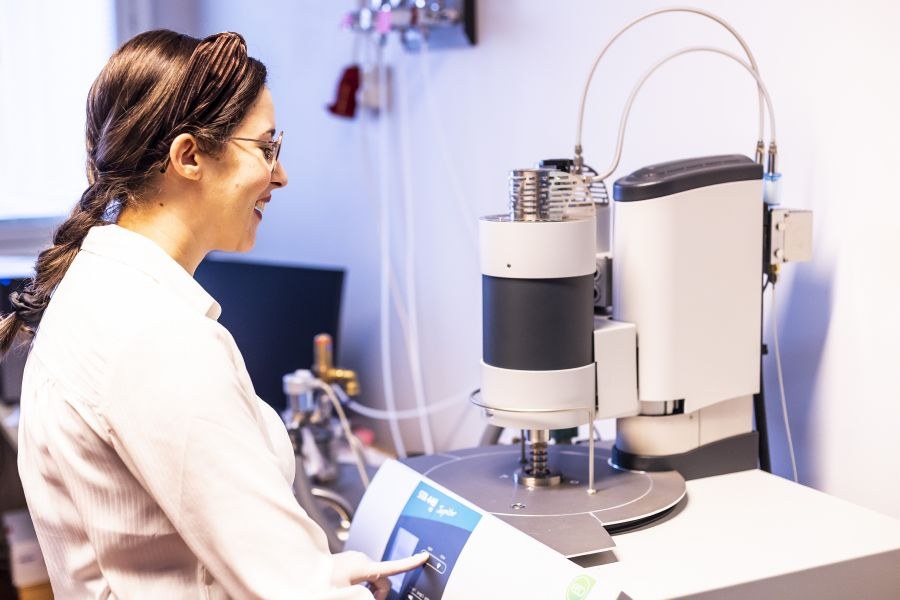
Research infrastructure
Thermal analysis of materials
Tampere University
Hervanta Campus
AddressKorkeakoulunkatu 6
Tampere
Thermal analysis of materials
A research infrastructure to study thermal properties of materials.
Thermal properties can be defined dynamically as a function of temperature or isothermally as a function of time. The measurement can be based on the study of the changes in mechanical properties, dimensions, thermal conductivity, or weight of the samples, among others. The changes in these properties might indicate e.g. transitions, phase changes or reactions/degradation of the material. The available temperature range depends on the method (max. approx. -150…+1600 °C).











